Earlier this week, the U.S. Tax Court published an opinion in a case that demonstrates very, very clearly the importance of getting your tax returns filed.
As you’ve probably often heard, you are always better off filing your tax return on time, even if you cannot pay all of the tax you owe. By filing in a timely manner, you will avoid the late filing penalty.
But even filing late is better than not filing at all, as the case of Brennan v. Commissioner of Internal Revenue, which was filed a couple of days ago, demonstrates.
In that case, the taxpayer failed to file his 2008 federal income tax return. That failure to file set in motion a chain of events that is all too common.
About a year after the date that the taxpayer should have filed his 2008 return, the IRS did what the law permits it to do when a taxpayer fails to file an income tax return–the IRS prepared a return for him, called a “substitute for return” or “SFR.”
When the IRS prepares an SFR for a taxpayer, the taxpayer does not get the benefit of all the deductions he would otherwise be allowed to take into account–the IRS doesn’t know how much you spent on things that would be deductible. All it knows about are the items of income that are reported to it from third-party sources, such as on a Form W-2 or a Form 1099. It is hardly surprising, therefore, than an SFR virtually always results in a higher tax liability than you would otherwise owe if you filed your own tax return.
After the IRS filed an SFR for the taxpayer in this case, it then sent him a “notice of deficiency,” which is also called a 90-day letter. This notice, in effect, gives the taxpayer 90 days to either pay the amount of the deficiency or to challenge it in Tax Court by filing a petition there. The notice of deficiency in this case was for tax of approximately $71,000, plus additions to tax for failure to file a return, failure to pay, and failure to make estimated tax payments.
Since the taxpayer did not pay the amount shown to be due on the 90-day letter and did not file a Tax Court petition, the IRS assessed the amount they showed as due. An assessment is in essence a formal recording in the IRS records of an amount of tax due by a taxpayer, and the assessment is what is required in order for the IRS to proceed to collect the money due from the taxpayer. Accordingly, after the IRS made the assessment in this case, it sent the taxpayer a notice and demand for payment.
Since the taxpayer failed to pay the amount shown on the notice and demand, the IRS sent the taxpayer a “Final Notice of Intent to Levy and Notice of Your Right to a Hearing.”
At this point, the taxpayer took action. About 10 days later, the taxpayer requested a Collection Due Process Hearing, sometimes called a CDP Hearing. About a month later, the taxpayer and his wife finally filed a 2008 income tax return.
Although the return was filed approximately 2 years late, the IRS accepted the return and accepted the figure that the taxpayer showed on his return as the amount of tax due as the correct amount of tax. The IRS abated the taxpayer’s tax liability from $71,638 (i.e., the amount of the SFR) to $34,291 (i.e., the amount on the late filed return).
The IRS also reduced the amount of the penalties and interest due since those are based on the amount of tax owed.
Although other issues are addressed in the Brennan case, what it demonstrates on its most fundamental level is this: always, always file your tax returns on time. However, if for some reason you don’t file on time, it’s never too late to get your returns filed, even if you are embroiled in a collection action with the IRS.
If you have unfiled tax returns, it is important to get those returns filed.
Your best course, if you have unfiled tax returns, is to contact a lawyer who has an understanding of IRS matters and can guide you through the process.
